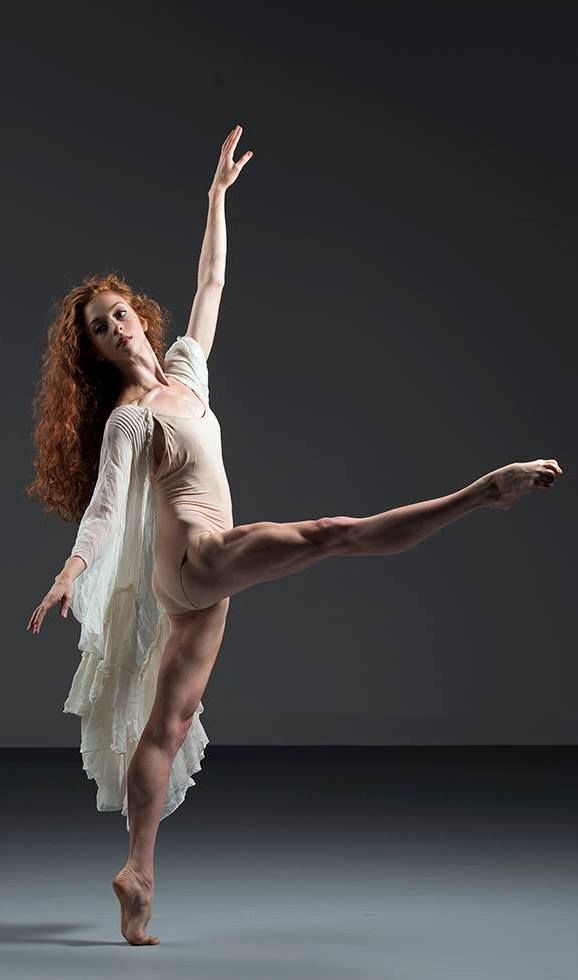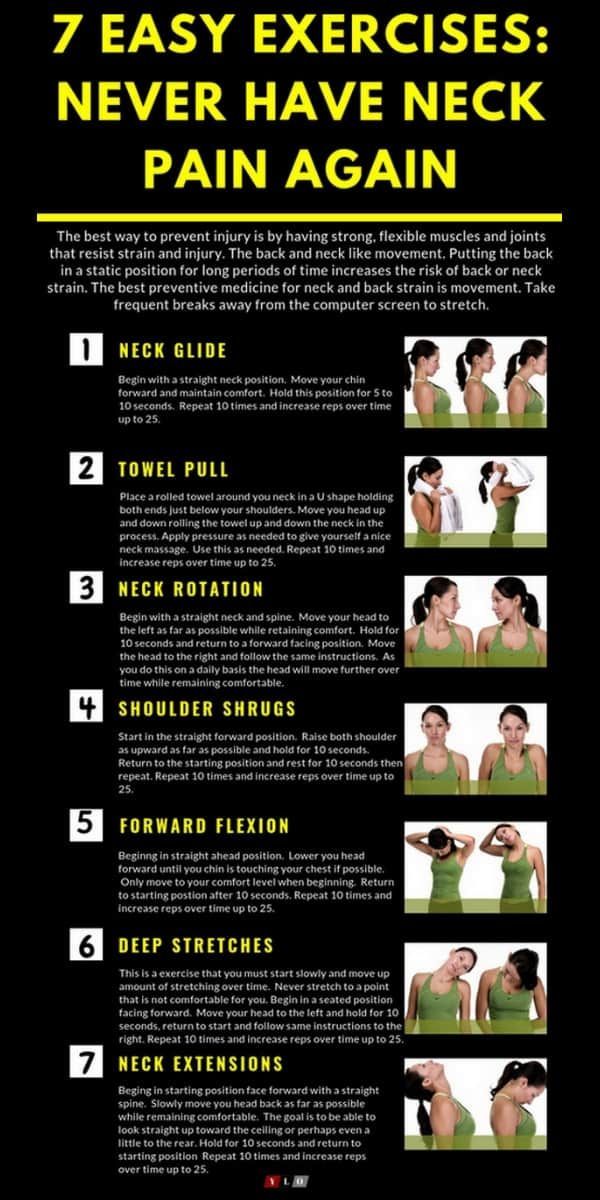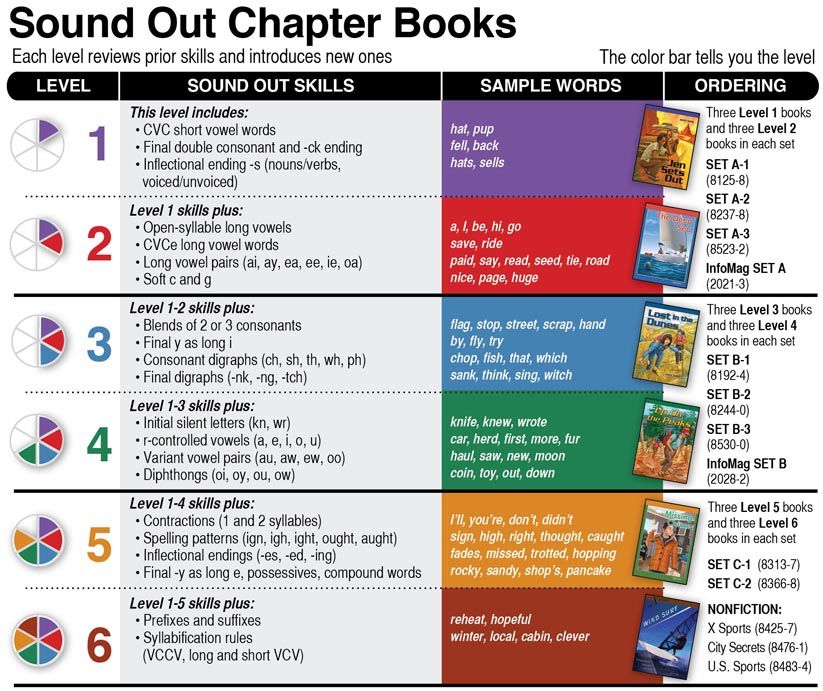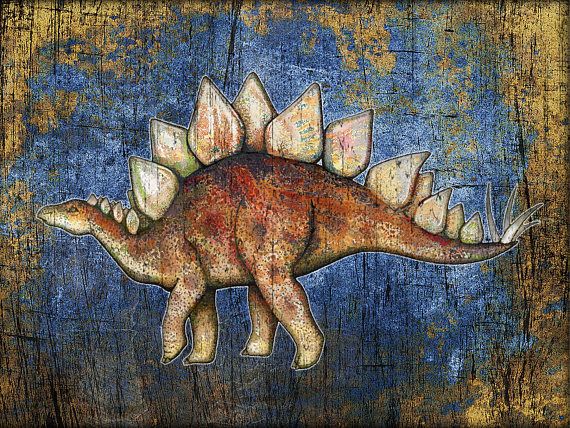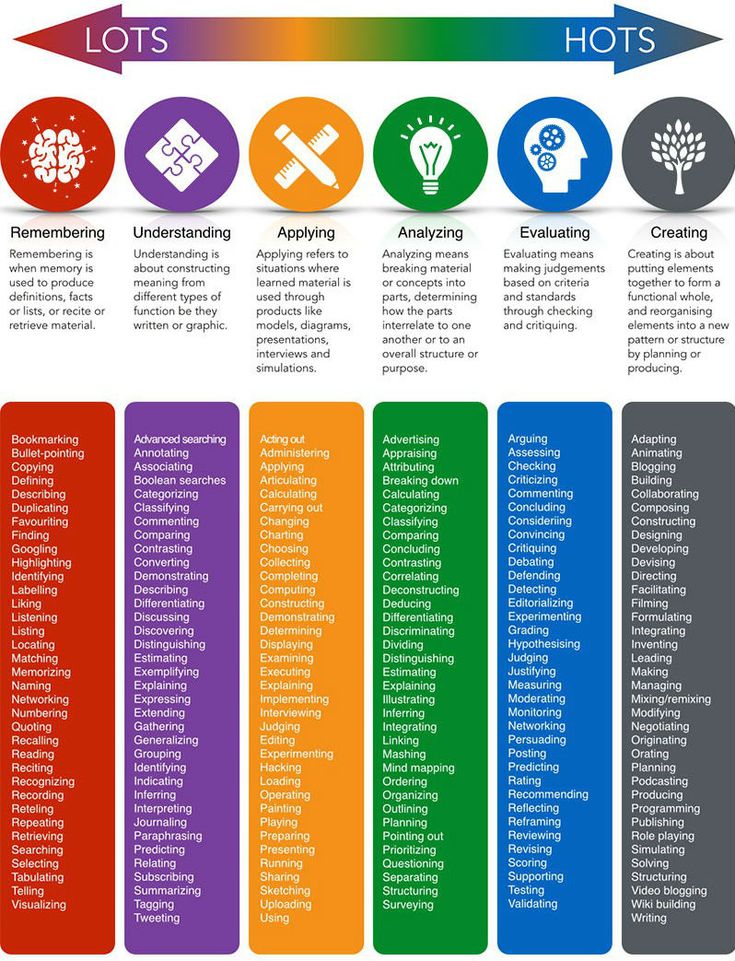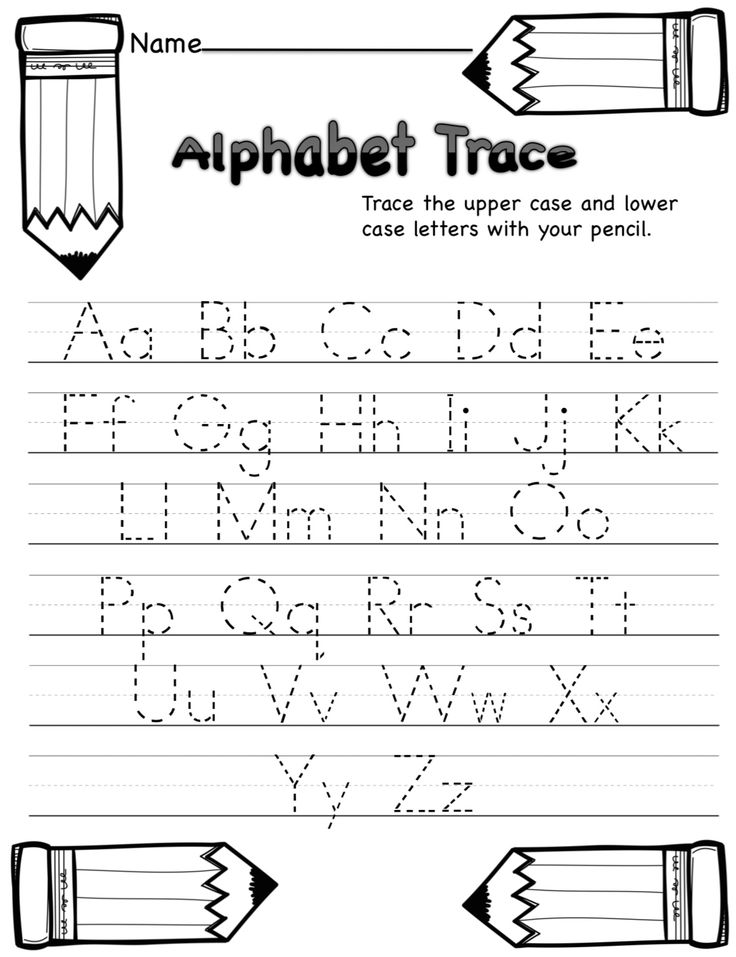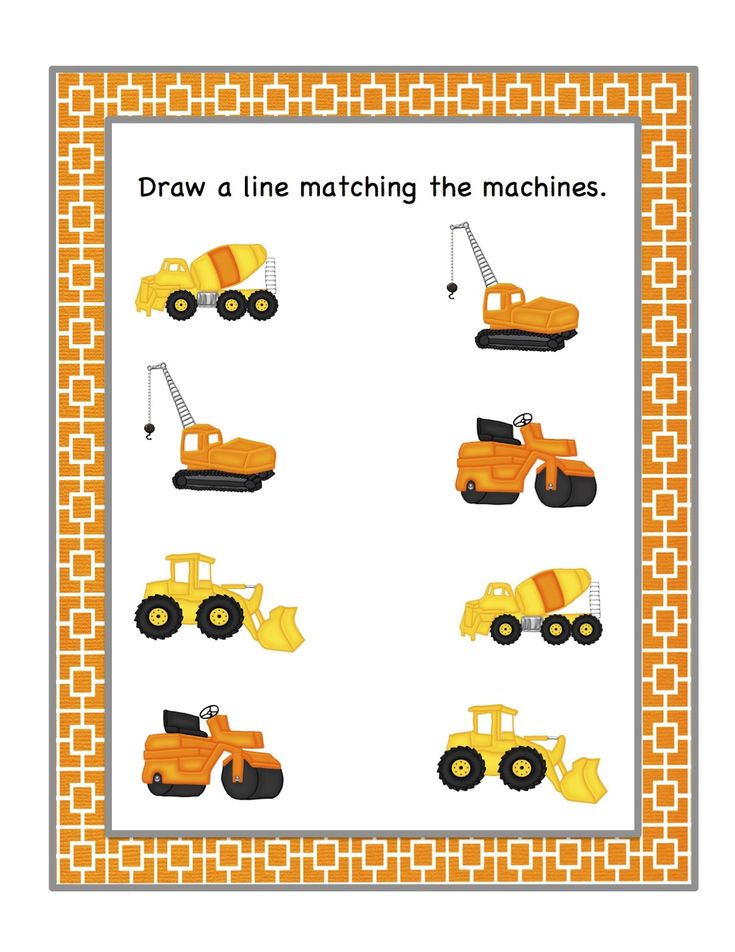All about dancers
What does a Dancer do, Job Description, and Career Outlook
Dancers express stories and ideas through dance performances. Dancers often perform with a group and have the ability to dance to different forms of music such as modern, ballet, or musical theater. Dancer may perform for TV shows, movies, ballets, and dance recitals.
Watch a Video:
How to Become a Dancer
Dancers have a variety of training and education, but usually have many years of formal training. Most dancers begin training at a very young age participating in private dance lessons or training programs. Many dancers are audition and seeking employment at 18 years old already. Some leading professional dance companies offer intensive summer training programs and may choose candidates for admission to their full-time training programs. Programs include courses in different dance styles like jazz, ballet, modern, and hip-hop. A college degree is not necessary, however many dancers do pursue degrees allowing them to explore other genres and have performance opportunities to show off their talent.
Job Description of a Dancer
A dancer would actively perform as many auditions as possible to obtain a part in a show for employment in a dance company. They would rehearse many hours every day to prepare for a performance by learning the complex dance movements that their audience would enjoy. They study new dances and work closely with instructors, choreographers, and other dancers in order to perfect their routines.
He or she attends promotional events for the production and may have photography sessions. In addition to the traditional performances for a live audience, some dancers perform on Internet, videos, television, theme parks, cruise ships, and other places like casinos. As dancers get older, they may transition into teaching dance classes or at a university or may pursue working as a director or choreographer.
Dancers most stay strong and exercise regularly to stay conditioned for their dance programs. The often times are performing at various times a day in addition to rehearsals, therefore do not having regular working hours.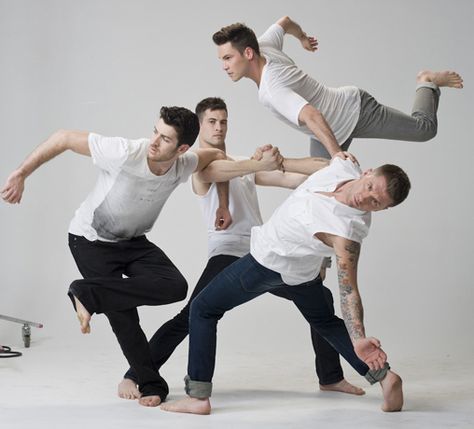 Some dancers travel to various locations for performances and can be gone for months at a time. Many dancers live in larger cities for employment opportunities, however these can very competitive.
Some dancers travel to various locations for performances and can be gone for months at a time. Many dancers live in larger cities for employment opportunities, however these can very competitive.
Dancer Career Video Transcript
Like poetry in motion, dancers use movement and rhythm to create performances that express ideas, emotions, and stories… whether they use the language of ballet, hip-hop, or ballroom dance. Dancers spend years learning dance technique and movements, and must maintain their conditioning and skills continuously throughout their career. They need to be ready at any time to audition for a show, and have the stamina to rehearse several hours each day for performances.
Learning skills are also essential, to pick up complex choreography, and study emerging forms of dance. The rigors of dance takes a toll on the body, so injuries are common. Many dancers stop performing by the time they reach their late thirties, and may move into choreography, directing, or teaching.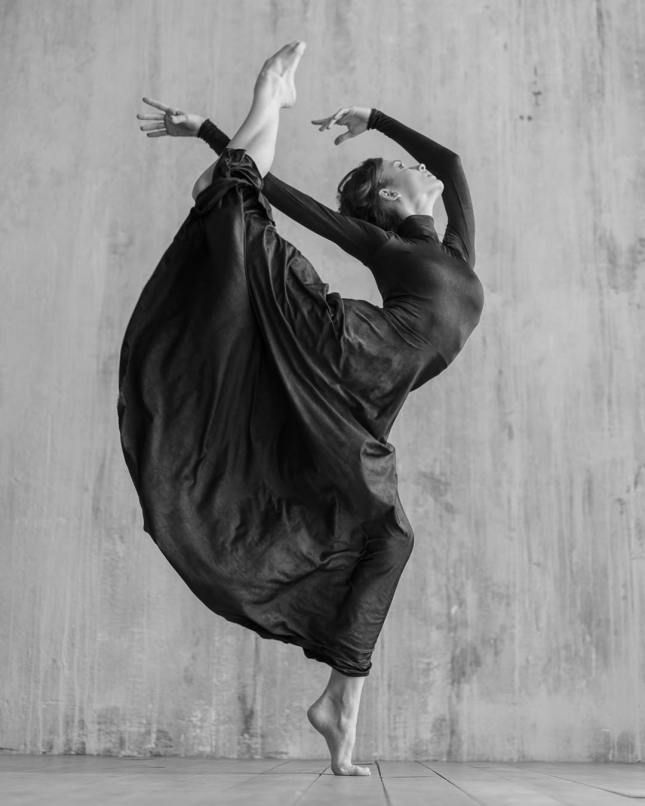 Dancers work in dance schools, theaters, performing companies, TV or movie studios, at casinos, on cruise ships, and at theme parks. When on tour, dancers have long workdays, rehearsing most of the day and performing at night. Self-employment, and part-time dance work is common.
Dancers work in dance schools, theaters, performing companies, TV or movie studios, at casinos, on cruise ships, and at theme parks. When on tour, dancers have long workdays, rehearsing most of the day and performing at night. Self-employment, and part-time dance work is common.
All dancers need many years of formal training; many start when they are young —ages 5 to 8 for ballet— and continue to learn throughout their careers. A later start is typical for some dance styles. Teaching dance in a college, high school, or elementary school requires a bachelor’s degree. Dance studios and conservatories’ requirements vary; some require a degree, while others may accept work experience.
Article Citations
Bureau of Labor Statistics, U.S. Department of Labor, Occupational Outlook Handbook, Dancers and Choreographers.
National Center for O*NET Development. 27-2031.00. O*NET OnLine.
The career video is in the public domain from the U.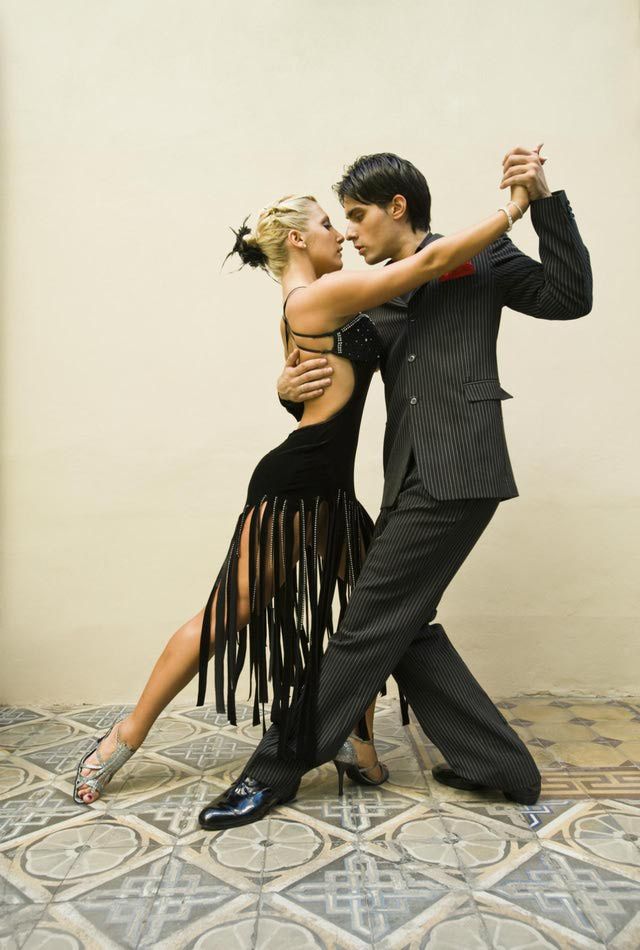 S. Department of Labor, Employment and Training Administration.
S. Department of Labor, Employment and Training Administration.
10 things to know about dancers
When it comes to the life of a dancer, there’s a lot more to it than meets the eye. Whether it’s our family, friends or even complete strangers, non-dancers don’t always understand our career. We know you’ve received questions and comments like, “You got a degree in dance?” “But how do you earn a living?” “I thought dancers didn’t eat cookies.” And the worst of all: “Show us something! Just do a little dance for us.” Sure, they might mean well, but this unwitting commentary can drive us crazy! So, to help educate and demystify things for all those non-dancers out there, here’s a quick list of 10 facts you might not realise about dancers:
#1. Having a career doing what we love is both a blessing and a curse.
As dancers, we are so invested in our career that it is hard to separate our work life from our personal life and feelings of self-worth.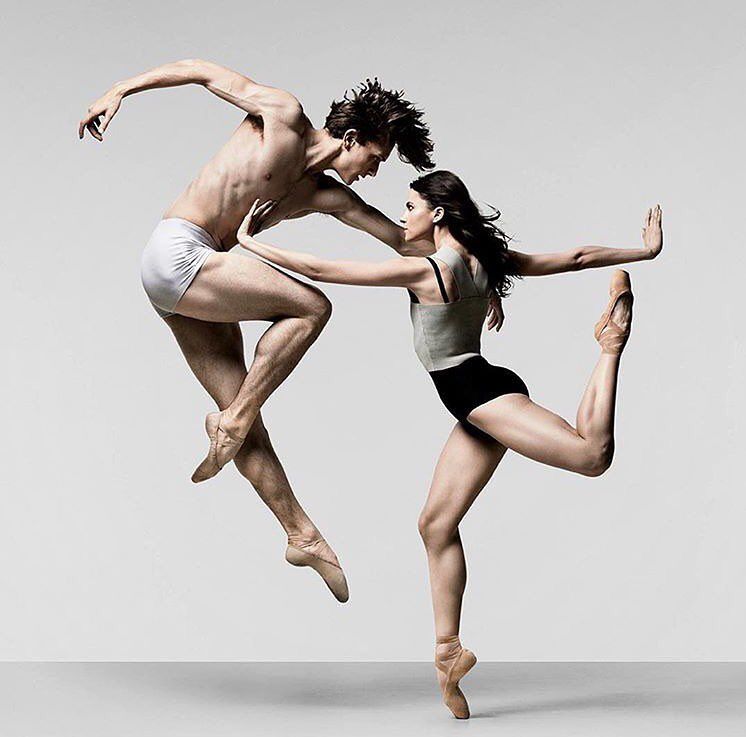
#2. We are judged every day.
Discriminatory factors that are illegal and frowned upon in the corporate world are often commonplace when it comes to casting. Gender, race, weight and age are all “fair game” — and sometimes unfairly so.
#3. We are athletes.
Our careers depend on our body — our strength, flexibility, endurance and ability. Professional dancers must train, nourish, recover and care for their body just as much as Olympic athletes. And, we have to make our work look easy!
#4. We have to eat…a lot!
Like in the modelling world and even in professional sports, dancers can succumb to eating disorders since our work is determined, in some ways, by our physicality. But to thrive as dancers (especially in professional careers), we have to fuel our body with a lot of nutritious food to keep us going strong through long days of class, rehearsals and performances. Check out this article called “Real Dancers Eat.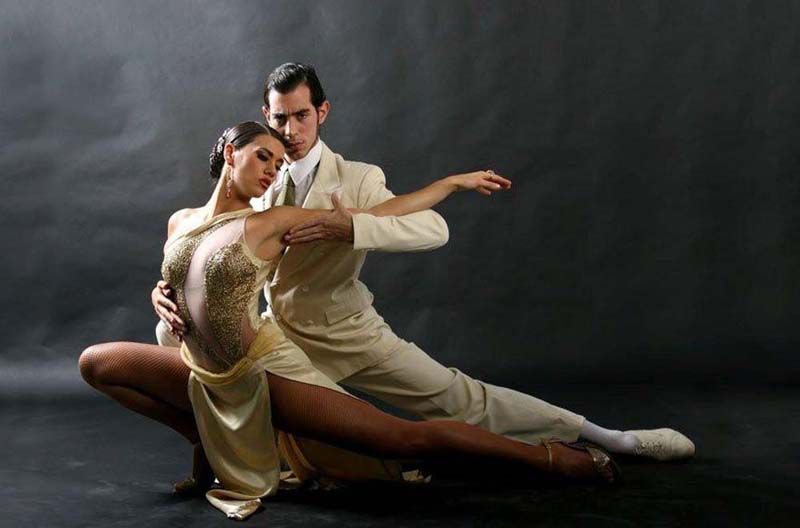 ”
”
#5. Don’t ask us to show off.
Dancing is our craft, our cherished artistry. While we might like to let loose on the dance floor of a wedding or at a party, we don’t like to be pestered into performing. We prefer to save that for the stage!
#6. We’re not vain.
Yes, we look in the mirror a lot. But that’s because the mirror is our tool for perfecting alignment, gesture and precision choreography. We’re not oogling ourselves in our reflection but rather analyzing and adjusting our body to achieve correct technical shapes and style.
#7. Our schedules are much more than a typical 9-5.
Professional ballet dancers take class every morning, rehearse for upward of six hours during the day and then perform for packed houses at night. The same agenda goes for Broadway performers and dancers in most modern companies. Factor in time for rehabilitative exercise like Pilates, yoga or physical therapy, eating several nutritious meals throughout the day and, of course, giving our body times to rest and recuperate.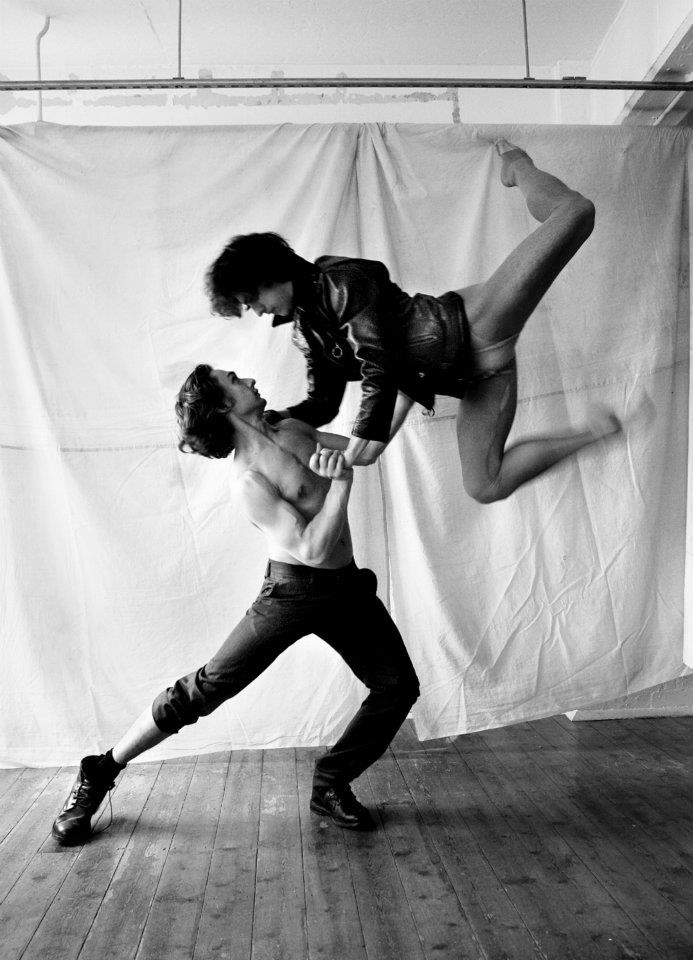 That’s a packed schedule!
That’s a packed schedule!
#8. The hustle is hard.
Think of going to auditions as having three or four job interviews in a single day, each of which is completely different. Sounds like your worst nightmare, right? Well, that’s what the hustle is like for a dancer to land his or her next job. We have to show up poised, eager and “perfect” for every audition. As you can imagine, it is exhausting!
#9. Ballerinas don’t just study ballet.
And this goes for every kind of dancer. Not only do we cross-train in terms of exercise (cardio, strength-training and flexibility), but we also study numerous styles of dance. Ballet dancers often take partnering and contemporary classes. And nowadays, you’ll see almost every style of dance on Broadway, so you should try and study them all! Versatility can inform a dancer’s virtuosity. We never stop learning.
#10. We’re passionate about what we do.
We’re more than happy to educate others and to share our experiences, so long as the person asking is respectful and understanding.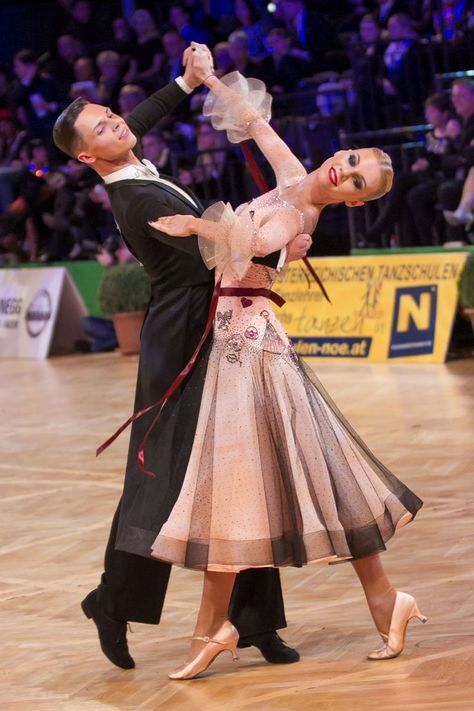 A dancer’s life may seem very strange to an outsider, especially because of how difficult it can be. We work hard enough in our art form every day that the last thing we want to spend our energy on is defending it to other people.
A dancer’s life may seem very strange to an outsider, especially because of how difficult it can be. We work hard enough in our art form every day that the last thing we want to spend our energy on is defending it to other people.
Don’t get me wrong, it’s certainly okay to want to learn about life as a dancer. It appears glamorous and mysterious and like every little girl’s dream come true. But just as you would converse with someone about their career, their personal hobbies, their finances or their health (because, as a dancer, these are all strangely intertwined!), be attentive, understanding and open-minded.
By Mary Callahan of Dance Informa.
Related Items:10 things about dancers, about dancers, Audition, Auditions, ballet dancers, Broadway, cross-training, dance career, dance training, dancer nutrition, facts about dancers, modern dancers, professional dance career, professional dancers
All about dances and dance styles from A to Z, answers to questions
Are competitions not competitions?
May 20, 2021
What are dance festivals, how do they differ and why go to them? Vladimir Sheremetyev, the head of the Step Forward modern dance studio, tells about what types of dance competitions and festivals are now, how they differ and why it is worth participating in certain competitions.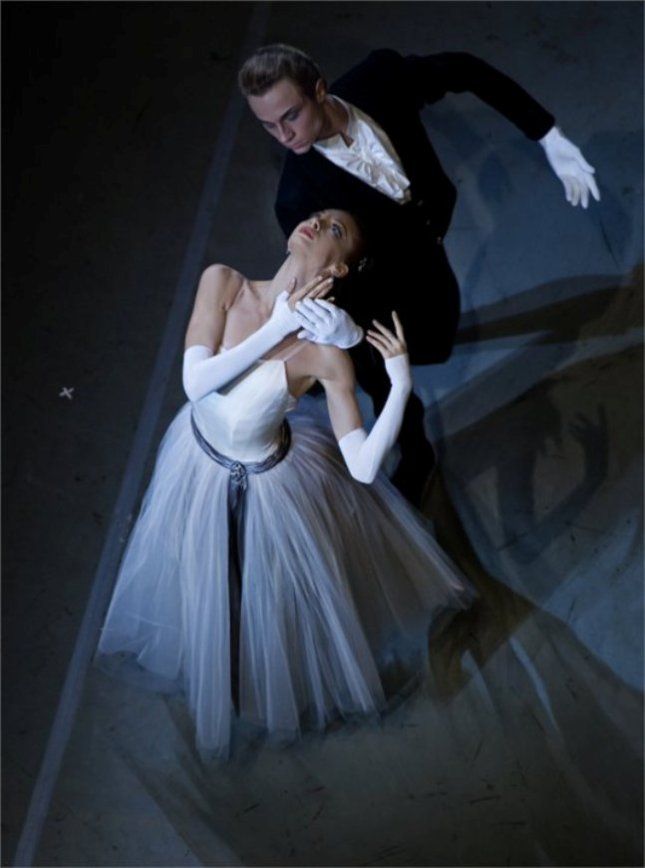 ..
..
We and them: the main advantages of a modern dance studio "Step Up"
September 02, 2018
We live in difficult times for many reasons. However, despite all the difficulties, the service sector in terms of creative and cultural leisure of children is now actively developing. How not to drown in this sea of information and choose a worthy place for your child to study? Here are a few simple, but extremely important points that distinguish "Step Up" from the competition...
Ask us about dancing - answers for moms and dads!
September 17, 2017
When looking for a dance club, every responsible parent asks a lot of questions - how much do the classes cost, who leads them, do the children perform and how often. Over ten years of work, we have accumulated considerable experience, collected answers to the most frequently asked questions and present them to your attention!
Dancing from "A" to "Z": where, when and how?
March 07, 2017
Do you like to dance? Or maybe your child loves to dance? Then, for sure, you wondered about the choice of a dance school, thought about where and in what direction it would be better to go on your own or give your child away.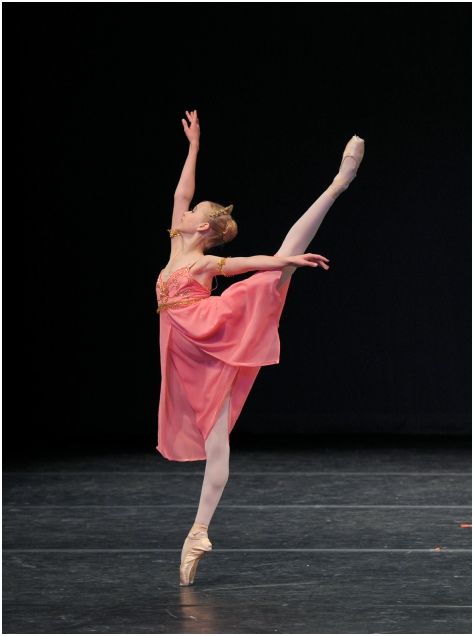
Choreography: Classical dance
August 07, 2014
Classical dance is the basis of choreography. Classics allows you to learn all the subtleties of ballet art, to feel the harmony of movements and music.
The history of breakdance: when and where did breakdance appear
August 07, 2014
In the late sixties and early seventies, people appeared who began to move in a peculiar way to the music. This is how the dance was born, which soon received the name "Good Foot", thanks to the eponymous record of the legendary James Brown.
Theory and practice of electric boogie
August 05, 2014
This article claims to be a universal work on dance and consists of two parts.
Modern dance. Ways of development
August 05, 2014
To understand what contemporary dance is, it is necessary to make a short digression into the history of the development of American modern and European contemporary dance.
History of hip-hop dance, founders of hip-hop, hip-hop trends
August 03, 2014
Hip-hop is a social dance.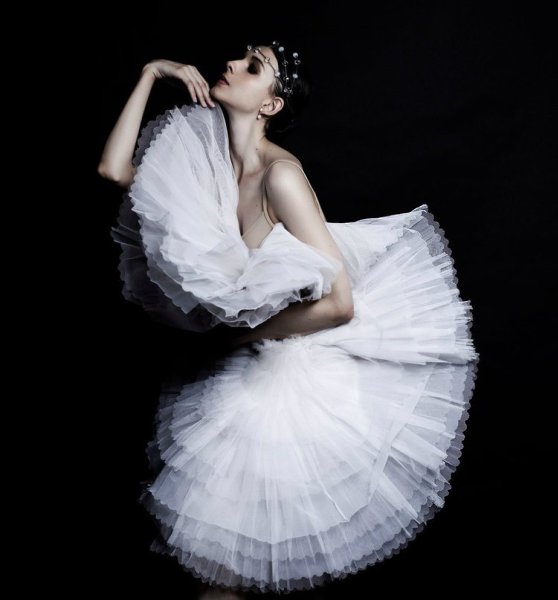 What is social dance? First of all, this is a dance, which is done not for competition, but for leisure, for communication and the exchange of positive emotions.
What is social dance? First of all, this is a dance, which is done not for competition, but for leisure, for communication and the exchange of positive emotions.
King-tat for dummies
August 03, 2014
What is king-tat and what is it eaten with. Read more in this article.
Technique, improvisation and narcissism. What to choose?
August 02, 2014
Street dancing is back in style, hip-hop festivals are packed with attendees, and what's called dubstep is now also attracting more and more fans, especially on the internet.
Waving from a to b
August 02, 2014
Waving is a very beautiful style, and the style is very diverse. So diverse that it deserves a separate discussion.
Glossary of funk styles
August 02, 2014
Don Campbell and his dance. The history of locking
August 02, 2014
Ballet, jazz, step, many other dances have their creators, their history is not a secret and is open to anyone who wants to know about the origin of a particular dance form.
Electric boogie. Kings of Illusions
August 02, 2014
Electric boogie is probably the most spectacular dance style among all the variety of street dance styles.
Dance and its role in the life of children about the direction of dance
/Register for a lesson and dance for children and teenagers here/
Among the many forms of artistic education of the younger generation, choreography occupies a special place. Dance classes not only teach to understand and create beauty, they develop imaginative thinking and fantasy, give harmonious plastic development. In comparison with music, singing and fine arts, which have their permanent place in the school schedule, dance, despite the efforts of well-known teachers, choreographers, psychologists and art historians, could not be included in the number of compulsory school subjects. Meanwhile, choreography, like no other art, has enormous potential for the full-fledged aesthetic improvement of the child, for his harmonious spiritual and physical development.
Choreography classes are designed to: develop strength, endurance, dexterity, flexibility, coordination of movements, the ability to overcome difficulties, temper the will and improve the health of children. And also develop a sense of rhythm, form beautiful manners, gait, posture, expressiveness of body movements and postures, get rid of shyness, tightness, complexes, teach you to enjoy the success of others and contribute to the overall success.
The movements used in the choreography, which have passed a long selection, certainly have a positive effect on the health of children. We can talk about a kind of choreotherapy - a method developed and tested in recent years
Man began to dance a very long time ago, much earlier than he began to speak. The desire to dance expressed the need to convey to others their feelings, emotions with the help of the body. For a person of a primitive society, dance was a way of thinking, a way of life - almost all important events in life were celebrated with dances: birth, death, war, healing of the sick, etc.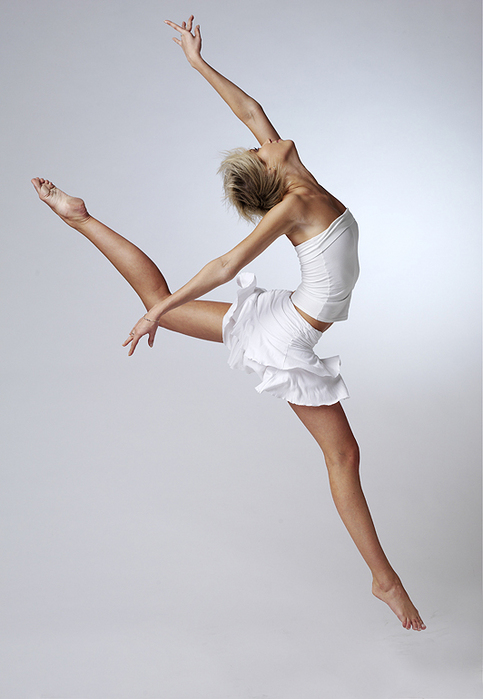 Through dance, people prayed for the appearance of rain, sun, fertility, protection, etc. The dance was not just connected with life, but was life itself. For example, in ancient Greece, the muse of dance and choral singing Terpsichore was included in the pantheon of deities. In India, according to Hindu legend, the world was created by the dancing god Shiva. In the East, dance is perceived as something divine that a person once received from the gods as a gift.
Through dance, people prayed for the appearance of rain, sun, fertility, protection, etc. The dance was not just connected with life, but was life itself. For example, in ancient Greece, the muse of dance and choral singing Terpsichore was included in the pantheon of deities. In India, according to Hindu legend, the world was created by the dancing god Shiva. In the East, dance is perceived as something divine that a person once received from the gods as a gift.
The most important thing is that there are no people who don't dance. Naturally, this does not mean a professional dance, which has its own rules, numerous steps and certain movements, but a dance devoid of any rules, in which only the body dances, and the mind is turned off. Such dances can usually be found on dance floors (discotheques, clubs, etc.) and streets.
Everyone loves to dance - both adults and children. And it doesn’t matter if, according to the rules, a person dances or moves as best he can. Either way, dancing is fun.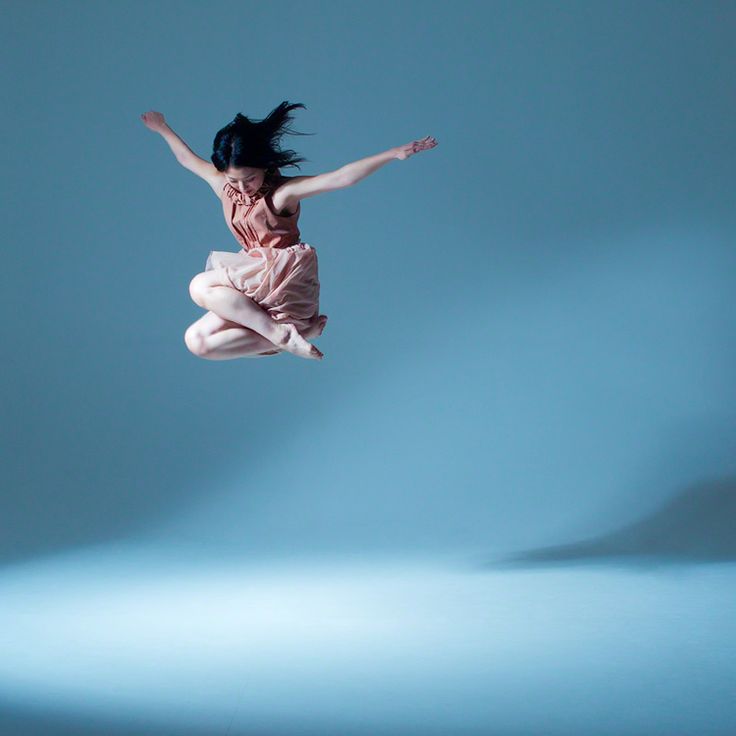 Moreover, the feeling of joy acquires new nuances depending on what kind of dance a person performs - cheerful or romantic, tender or passionate
Moreover, the feeling of joy acquires new nuances depending on what kind of dance a person performs - cheerful or romantic, tender or passionate
Dance creativity as such occupies an important place in the spiritual and moral education of children, adolescents and youth. Creative teams of a choreographic orientation are one of the most popular and demanded by society areas of leisure activities, additional education and vocational guidance for children and youth. In this regard, it is difficult to overestimate the importance of professional pedagogical skills for the head of a choreographic team. In his work, the leader of such a team solves a huge number of tasks. Dance art itself is multifaceted, the choreographer must understand almost all areas: art, education, pedagogy, psychology, economics, etc. He must love his work.
Children definitely love to dance, they have fun, they rejoice, imagine themselves in different images, fantasize and develop. They learn purposefulness, due to the desire to learn, to achieve the correct execution of this or that movement, this or that manner of a certain style of dance.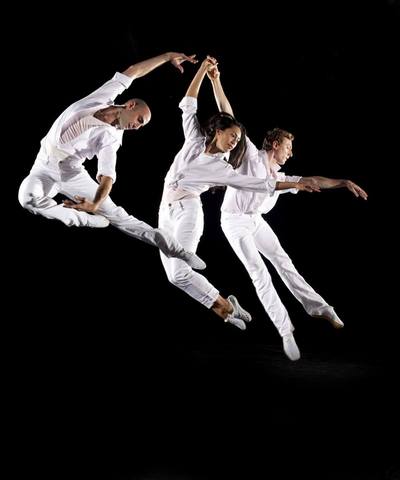 Children are interested in this artistic direction, dancing they open up, relax and splash out excess energy. If a child is seriously passionate about dance, it means that he has something to strive for, something to do, someone to look up to. As a result, the end result will please everyone, but first of all - the children and the teacher. Dance is important for children, so dance art needs to be developed, choreographic circles and groups should be created in schools, leisure houses, etc.
Children are interested in this artistic direction, dancing they open up, relax and splash out excess energy. If a child is seriously passionate about dance, it means that he has something to strive for, something to do, someone to look up to. As a result, the end result will please everyone, but first of all - the children and the teacher. Dance is important for children, so dance art needs to be developed, choreographic circles and groups should be created in schools, leisure houses, etc.
Dance classes not only develop musicality, but also help to develop willpower, communication skills and develop creative potential. Indeed, many studies by psychologists have proven that children involved in dancing achieve greater academic success than their peers, and are also ahead of them in general development. Dance helps to form the initial mathematical and logical representations of the child, trains the skills of orientation in space and develops speech. Dancing helps to develop qualities such as organization and diligence.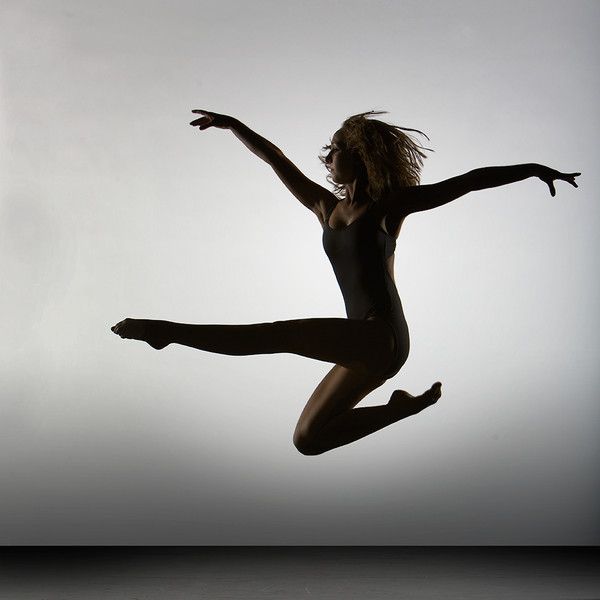 Rhythm, plasticity form the basic motor skills, abilities and prevent postural disorders. Such classes enrich the child's motor experience, improve motor skills, develop active mental actions in the process of physical exercises. Even the most withdrawn children become more liberated, open and sociable.
Rhythm, plasticity form the basic motor skills, abilities and prevent postural disorders. Such classes enrich the child's motor experience, improve motor skills, develop active mental actions in the process of physical exercises. Even the most withdrawn children become more liberated, open and sociable.
Music and dance are what you need to develop a good ear for music and a sense of rhythm in your child. It has long been proven that there is a connection between movement and thinking. Through the training of each new movement, the child develops the most powerful nerve networks. When the repertoire of movements expands, then each step in development will give the senses (especially hearing, touch and vision) an increasing advantage in the perception of environmental information.
The art of dance is an excellent means of educating and developing children. It generalizes the spiritual world, helps the child to reveal himself as a person. The organic combination of movement, music and play creates an atmosphere of positive emotions, which in turn liberate the child and make his behavior natural and beautiful.